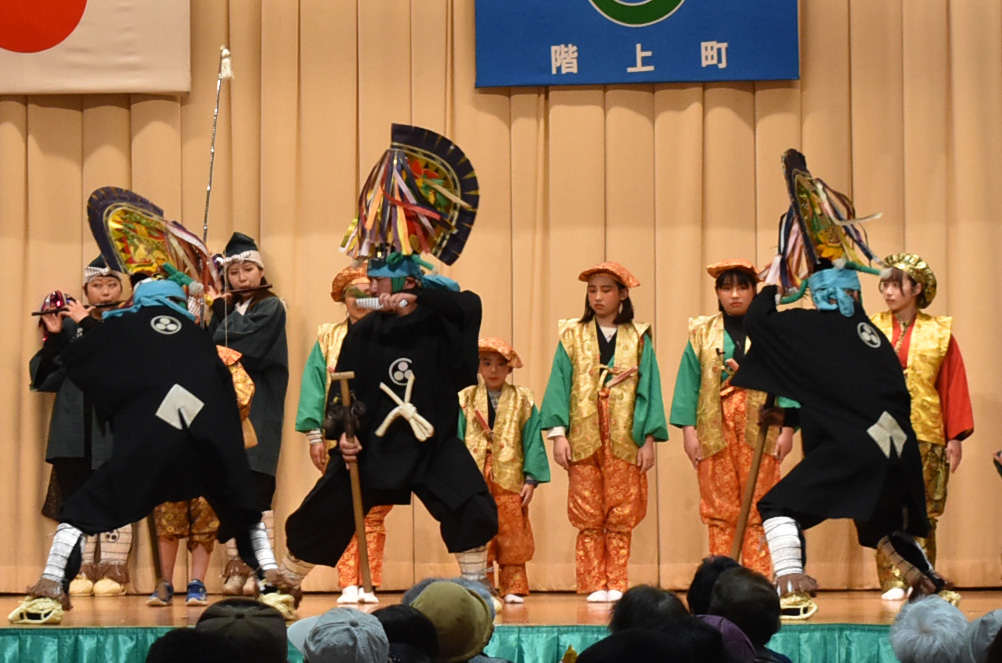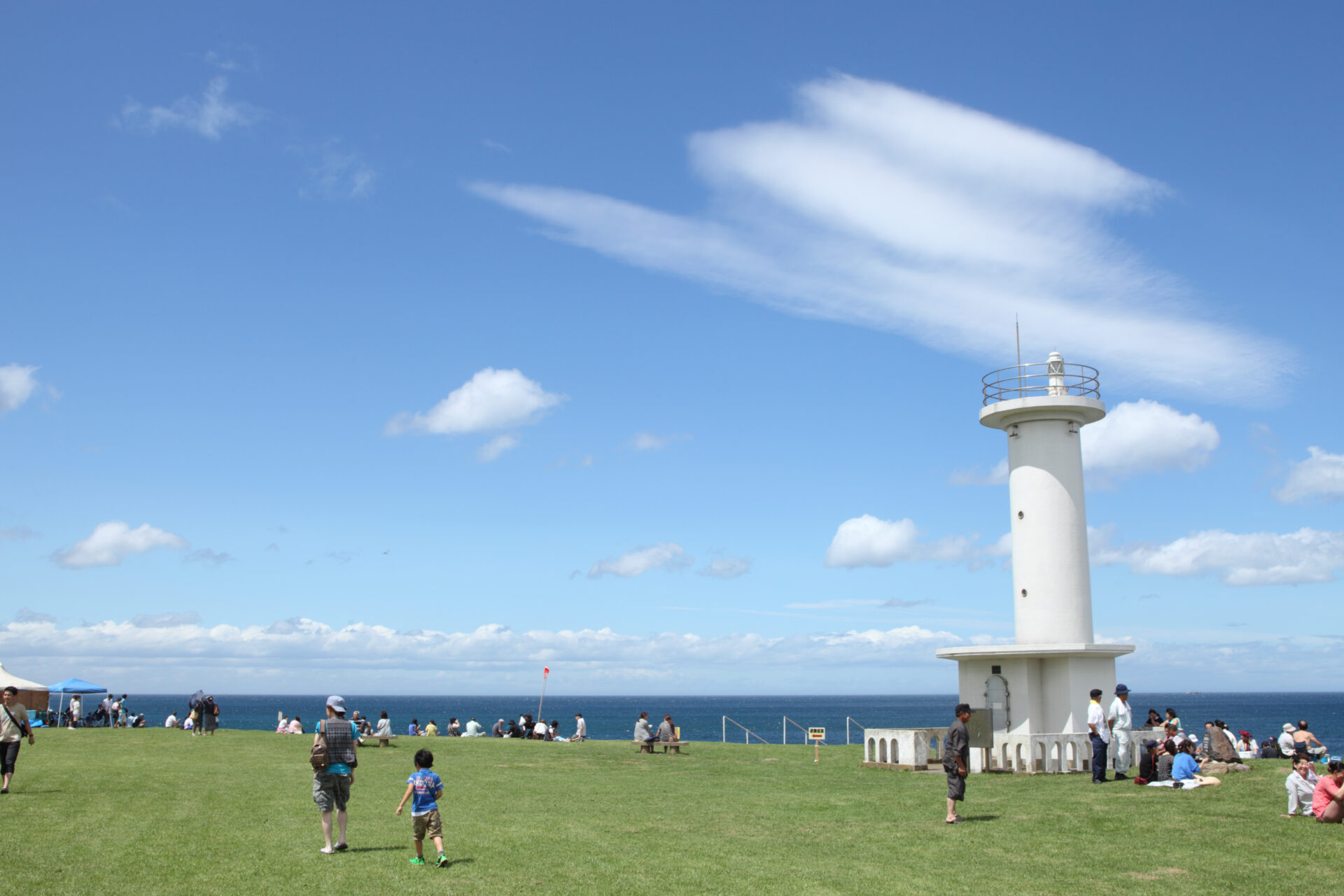EVENT
Hashikami Town Nanbu Performing Arts Festival Mar.17(Sun),2024
- 2023
- Appreciation
-
Date
Mar.17(Sun),2024
-
Time
10:00am-2:pm
-
Locate
Heartful-plaza Hashikami
-
Fee
Admission free
| This is an annual event where local folk performing arts groups from Hashikami Town come together to showcase the results of their daily practice. It’s a chance for the talented individuals in the town to present their prideful modern Japanese dance, folk dance, and folk singing performances. The three local Enburi groups will showcase a collaborative performance exclusively for the event. Additionally, special performances such as Nanyadoyara and cheerleading will also add excitement to the event. |


Venue
Heartful-plaza Hashikami (Tentotai-1-182 Dobutsu, Hashikami, Sannohe District, Aomori )
Access
●Access model from Tokyo(An overnight stay is required if using public transportation)
Day1 Mar.16(Sut)
| Time | Schedule | Note |
|---|---|---|
| 06:32 | Tokyo Sta.-Hachinohe Sta.(9:21) | Tohoku Shinkansen Hayabusa1 |
| 9:29 | Hachinohe Sta―Hashikami Sta.(10:14) | JR Hachinohe Line bound for Kuji |
| Sightseeing and stay in Hashikami |
Day2 Mar.17(Sun)
| 時間 | スケジュール | 備考 |
|---|---|---|
| 10:00 | Hashikami Town Nanbu Performing Arts Festival (End 2:00pm) | Heartful plaza Hashikami |
| Sightseeing in Hashikami | ||
| 17:55 | Hashikami Sta.-Hachinohe Sta.(18:44) | JR Hachinohe Line bound for Hachinohe |
| 18:56 | Hachinohe Sta.-Tokyo Sta.(21:48) | Tohoku Shinkansen Hayabusa1 64 |
Tourist information
Toumon
Located on Mt. Hashikamidake (elevation: 740 m), across from the Terashita Kannon temple that is said to have been founded by Gyoki during the Kamakura period, this is a jazz café designed in the style of an old folk house. Enjoy coffee and homemade soba noodles prepared by the owner in a calm atmosphere while listening to jazz for an exceptional experience.


Locate:13-1 terashita Akabonai Hashikami Sannohe district 039-1202
Open:11:00am~3:00pm
Closed:Tuesdays(Open on public holidays)
URL:https://www.t-toumon.jp/toumon/
Hashikami Coast
The Hashikami Coast is located at the southeastern tip of Aomori Prefecture and known as the beautiful place where the sunrise appears earliest in the prefecture. Stretching approximately 5.5 km, it offers a variety of landscapes including sandy beaches, grassy areas, and rocky shores. There are guided hiking trails available as well. Visitors can enjoy the Hashikami sea while stopping by historical sites and local shops around Hashikami Hamanoeki Aldiva.


Information desk : Hashikami tourist network Tel.0178-88-2875 (Open only on weekdays 8:15am-5pm)
More tourist Information→https://www.town.hashikami.lg.jp/index.cfm/8,html
Areas
出演団体
Toyabe Enbuiri-Gumi
Tashiro Enbuiri-Gumi
Hiranai Keibai Group
Dobutsu kagura-gumi
Guest:Takisawa Keibai Preservation Society (Hirono Town)
etc.
Artists
-
Hiranai Enburi Gumi Group
The Hiranai Enburi inherits an older form called naga enburi (slow enburi) which is played in septuple meter with slow and soft movement of body. It is performed by three dancers; the front called Tokuro wearing eboshi with red peony flower, the middle, and the rear called kurodome. The uniqueness of the Hiranai Enburi is found in its fidelity to traditional form of song, dance and tone of the flute.
-
Tashiro Enburi Gumi Group
The Tashiro Enburi is said to be converted from a traditional rice-transplanting ritual with acceptance of another enburi in quintuple meter practiced in Sugisawa community, former Tabe village (currently Fukuchi, Nanbu town). It has a local characteristic in the tone of singing and the ending section of the dance, and inherits many side-show items in their original form.
-
Hiranai Keibai Group
Keimai, a dance with headdress imitating chicken’s head, is considered as a form of nenbutsu odori in connection with the cult of chicken as exorcist, transmitted from Kesen region belonging to Sendai domain in Ansei era (1854-1859).
The items of the Hiranai Keimai are comprised of haka nenbutsu (prayer in front of tomb), butsudan nenbutsu (prayer in front of Buddhist altar) and niwaodori (garden dance). The latter keeps nine pieces as its repertory in their original form. -
Toyabe Enburi Gumi Group
The origin of the Toyabe Enburi is unknown, except for the oldest record telling it participated in an enburi event in Hachinohe region about 1883. Nowadays, it is defined as a kind of dousai enburi (fast enburi) and a descendant from Hosogoe Enburi in former Odate village. After a period of inactivity due to the shortage of successors since around 1954, it was resumed by the avid masters and youngsters in 1976.
-
Dobutsu Kagura Preservation Society
The Dobutsu Kagura belongs to the family of kagura called Hakuryu Daigongen which has been practiced by mountain hermits for 300 years. Its dance repertory consists of 12 items. Having faced extinction in more than 20 years of suspension, it was revived by the current community of practitioners in 1975. In the past, it was not only a performance to express the belief concerning people’s daily life, such as rain-making ritual for good luck and warding off evil spirits, but also a popular entertainment.
-
Takisawa keimai Preservation Society
Takisawa Keimai is a local performing art from the Takisawa district of Taneichi in Hirono Town, and is said to have been handed down during the Ansei era (1854-1860). While it is closely related to Kenbai, a type of elegant nenbutsu dance that can be observed throughout almost the entire Iwate Prefecture, it is also influenced by Yamabushi Kagura, as seen in the costumes such as the bird-shaped helmets and the verses of the grave nenbutsu.
The dancers form a circle around a willow (flower) and perform more than 20 different dances to the accompaniment of musical instruments.
Contact
Iwate arts support center
Mail:r-takeda@iwate-arts.jp
Sanriku International Arts Festival 2023
-JAPAN CULTURAL EXPO 2.0
Organized by|Sanriku International Arts Committee, Japan Arts Council, and Agency for Cultural Affairs, Government of Japan
Co-organized by|Hachinohe City, Hashikami Town, Hirono Town, Kuji City, Noda Village, Fudai Village, Tanohata Village, Iwaizumi Town, Miyako City, Yamada Town, Otsuchi Town, Kamaishi City, Ofunato City, Rikuzentakata City, Sumita Town, Sanriku Railway Co., Ltd., Japan Folk Performing Arts Association, NPO Iwate Arts Support Center, and NPO Japan Contemporary Dance Network
Cooperated by|NPO Michinoku Trail Club, imajimu LLC, Tohoku Cultural Property Video Research Institute, Minna no Shirushi LLC
